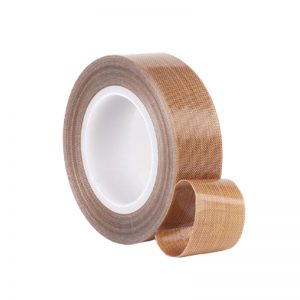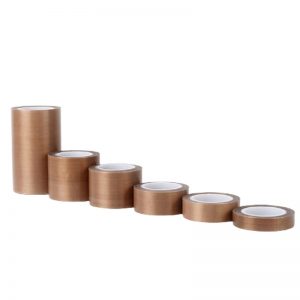1. Prepare the Threads: Ensure that the threads on both the male and female parts of the connection are clean and free from debris, old tape, or dirt. Use a rag or cloth to wipe them down thoroughly.
2. Choose the Right Type of Teflon Tape: Select the appropriate type of Teflon tape based on the application’s needs. There are tapes designed for general use and those designed for high-temperature or specific materials.
3. Wrap in the Correct Direction: Wrap the Teflon tape in the direction of the thread rotation. For most threaded connections, this means wrapping the tape clockwise around the male threads.
4. Start a Few Threads Back: Begin applying the tape a few threads back from the end of the male threads. This prevents excess tape from protruding and interfering with the connection.
5. Overlap for a Solid Seal: As you wrap the tape around the threads, overlap the layers slightly (about 50%). This ensures complete coverage and a strong seal.
6. Tear or Cut Neatly: After wrapping the tape around the threads, tear or cut it neatly at the end. Be careful not to cut the threads themselves. A clean edge ensures a good seal.
7. Assemble the Connection: Carefully screw the male-threaded part into the female-threaded part. Ensure that the threads engage smoothly without resistance.
8. Don’t Over-Tighten: Avoid over-tightening the connection, as this can damage the threads or compress the tape too much. Tighten it just enough to create a snug fit.
9. Test for Leaks: Once the connection is assembled, turn on the water or gas supply and carefully inspect the connection for any signs of leakage. If you see any leaks, address them immediately.
10. Consult a Professional: For critical or complex plumbing connections, it’s always a good idea to consult a professional plumber. Their expertise can help ensure that connections are properly sealed to prevent leaks.
11. Consider Pipe Joint Compound: For high-pressure or challenging connections, consider using Teflon paste (pipe joint compound) in addition to Teflon tape for enhanced sealing.
Remember that practice and attention to detail are key to mastering the art of using Teflon tape effectively. By following these steps and being mindful of the specific requirements of your plumbing project, you can successfully prevent leaks and create reliable, leak-free threaded connections.






















